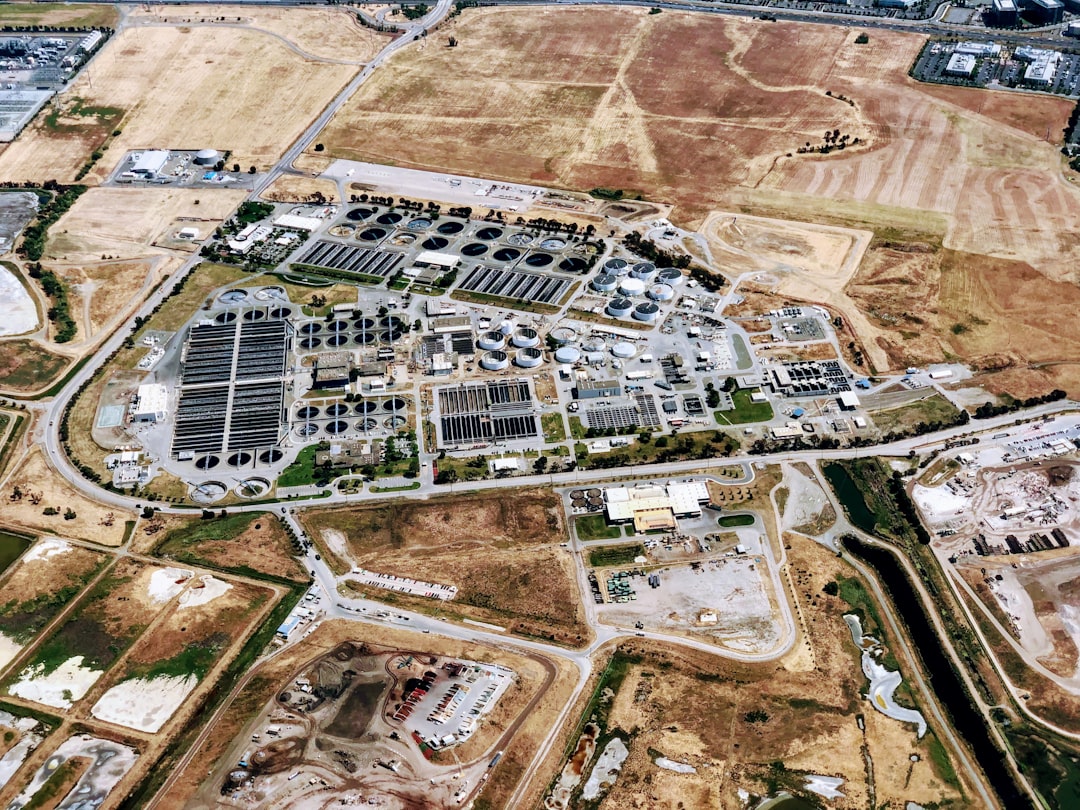What is it about?
The paper argues that filmmakers use stereotypes of places and locations in a similar way to stereotypes of characters. Places are summarised, or presented in a shorthand manner to convey ideas and concepts quickly to an audience that may be more or less familiar with the location. This research shows that these films have implications for the way in which residents and non-residents might view and understand certain locations in Johannesburg.
Featured Image

Photo by Jacques Nel on Unsplash
Why is it important?
This research is important because it reveals some of the ways that filmmakers construct ideas and images of places in cities and also reveals some of the ways that residents may be seeing or understanding these spaces. Afterall stereotypes only work if there is some truth to them that audiences can identify. It suggests there are alternative sources for new understandings of spaces and places in cities and how these might be influencing inhabitants of these locales.
Read the Original
This page is a summary of: The spatial stereotype: The representation and reception of urban films in Johannesburg, Urban Studies, May 2017, SAGE Publications,
DOI: 10.1177/0042098017706885.
You can read the full text:
Contributors
The following have contributed to this page










